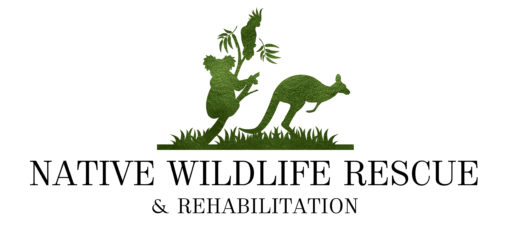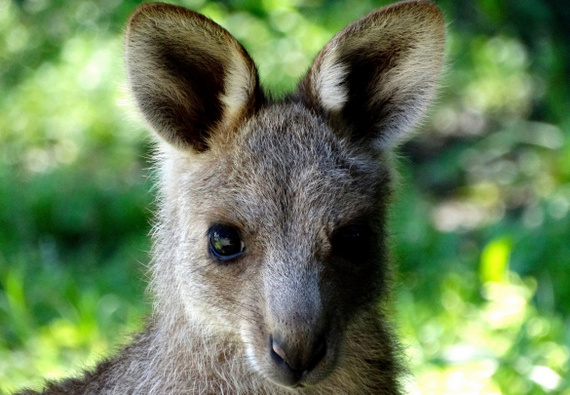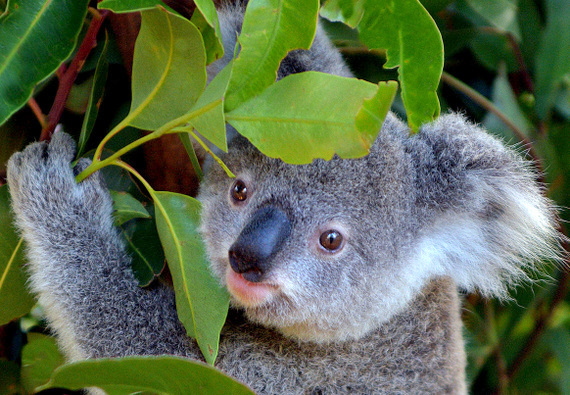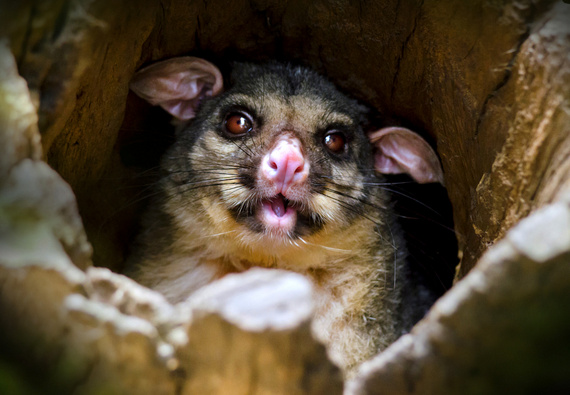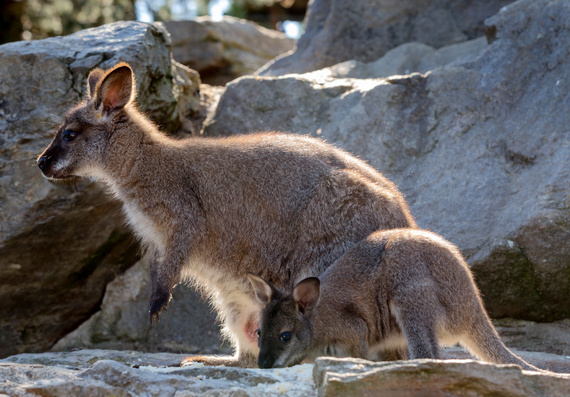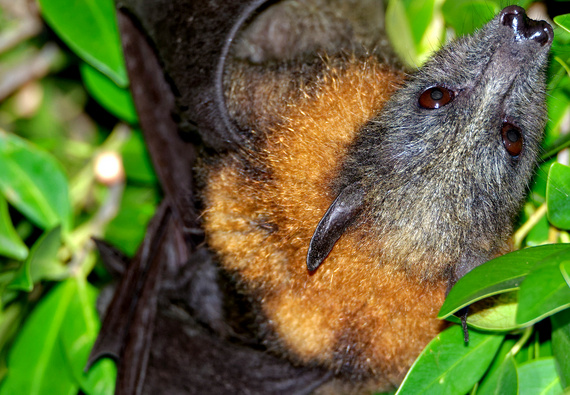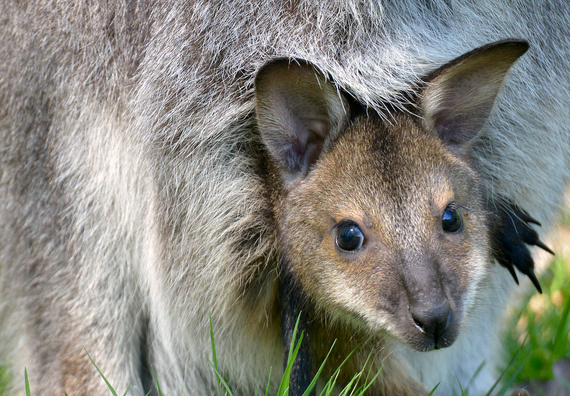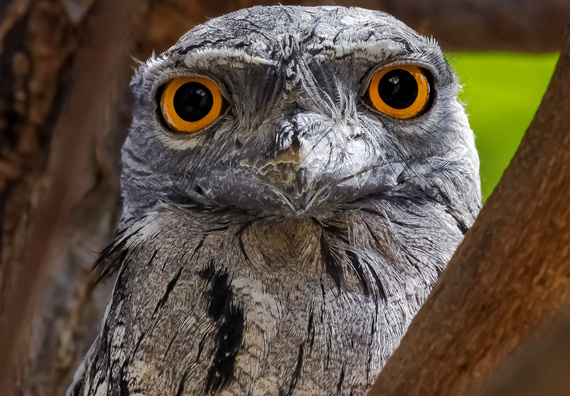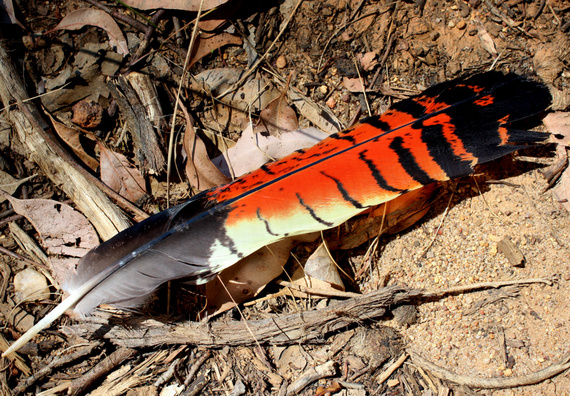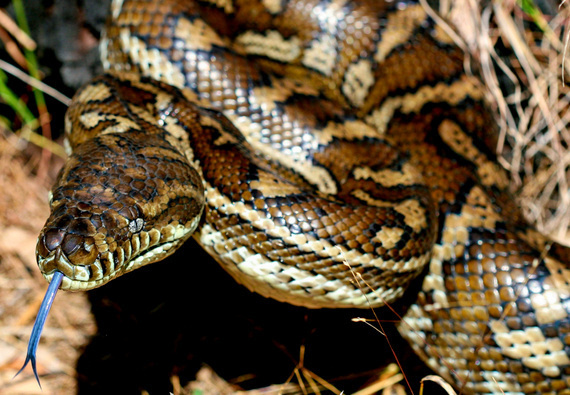
Rescue, Rehabilitation & Release
A recent annual report to the Department of Planning, Industry and Environment [formerly the Office of Environment & Heritage] confirmed that our extended network rescued 3,896 native fauna. Though just over a quarter [1,041] were released back into the bush within the 12 months, several hundred wildlife required extended rehabilitation throughout a 12-18 month period [macropods up to 12 months and wombats up to 18 months]. *Data supplied 2018.
For the Southern Highlands region, Native Wildlife Rescue received nearly 1500 calls for the urgent assistance of sick, injured or orphaned wildlife.
The many wildlife we rescued included wallabies, kangaroos, wombats, echidnas, possums and koalas. And the numbers continue to escalate.
Every year many inadvertently collide with passing cars. Some make it to safety, but a majority do not. Either terminally injured upon impact or too young and weak to survive — they form part of a broken evolution and eroding ecosystem.
But that’s only part of the story. The extenuating effects from the drought, ongoing deforestation and the Black Summer bushfires will add more numbers to the ever-growing casualties.
Despite our attempts to rescue the wildlife, only a quarter return to the bush to fulfil their ecological purpose, and as a consequence, the biodiversity becomes more fragmented.
All members of Native Wildlife Rescue are volunteers and self-fund the extensive rescue and rehabilitation operations. Without the generosity and support of our local veterinarians, community volunteers, members of the public and other conservation and rescue organisations, our vulnerable wildlife would not have a chance to survive.
Our collective stewardship is fundamental to the ongoing rescue, rehabilitation and survival of our wildlife population and the natural environments on which all life depends.
You can do many things to help us and other wildlife and conservation organisations through strategic partnerships, private donations or volunteer work. And we ask all drivers to be aware of feeding wildlife at dawn and dusk.
Please view our Injured Wildlife page for further instructions. We thank you for your support.
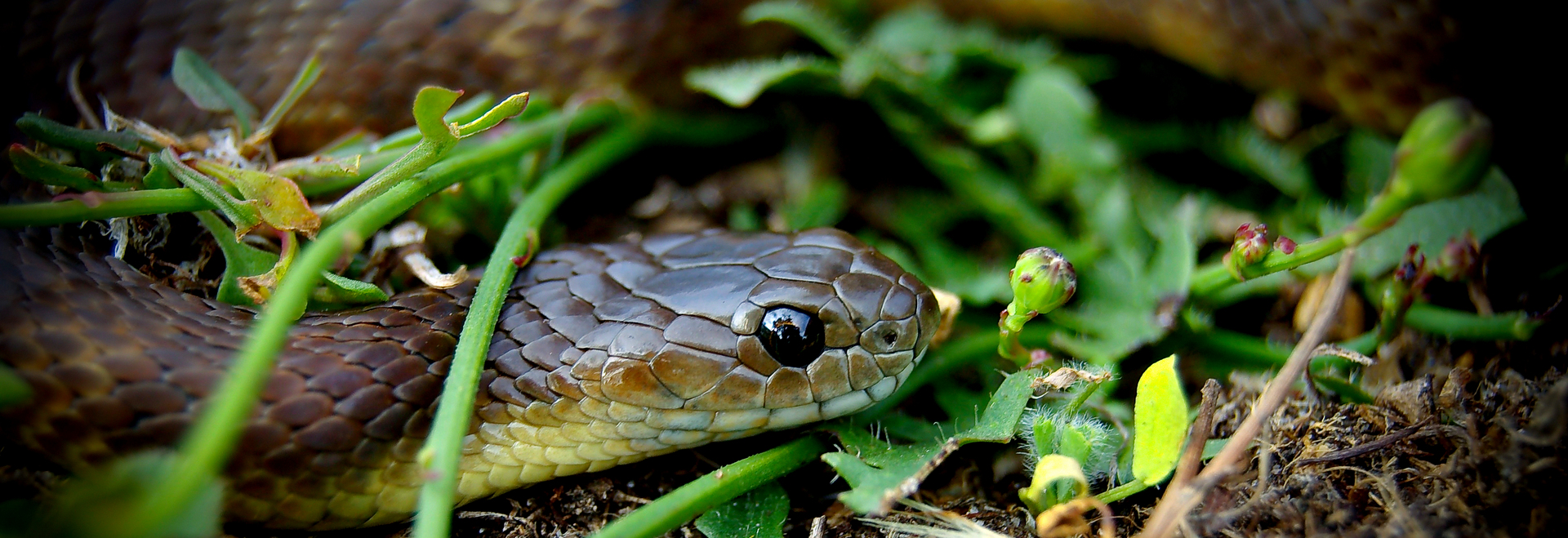
Venomous Snakes
Each year, snake bites cause 300-500 casualties and approximately two deaths. In the Southern Highlands and Southern Tableland regions, bush safety requires the community to remain alert. This includes in the paddocks, parklands and in our yards.
In fact, Australia has around 140 species of snakes, and almost 100 are considered to be highly venomous.
Of that group, only a dozen front-fanged snakes can inflict a fatal wound. They include King Brown, Eastern Brown, Black, Mulga, Tiger, Taipan and Death Adder. The most common species found in the Southern Highlands include Red Belly Black Snakes. Eastern Brown and Highlands Copperheads are often found near dams and water during late spring and the hot summer.
Snakes can also make their way to private residents where our log piles, garages, laundries, rubbish areas, garden burrows and chook houses offer plenty of cool shade and a steady stream of food, such as rodents and lizards.
Ensure that your lawn and garden areas are regularly maintained, keep the grass short and remain alert when the mercury rises.
If you’re planning to hike along the nature trails or live in an area where a variety of snakes call your place home, having the ability to identify the species from a safe distance will assist you in any emergency. Please view the hyperlink, which will guide you to What Snake Is That? [for the general region].
It’s important to remember that snakes react in defence, so if you encounter one, remain calm.
Most snakes [in particular, Red Bellies and Copperheads] will posture their bodies so that they will appear to look larger; other species may play dead. Eastern Brown snakes are inherently more aggressive and will likely try to defend themselves by moving quickly to strike. Therefore, you must stand very still for up to a minute, then slowly back away.
Despite the fear surrounding deadly snakes and lizards, our reptiles play an essential part in the Southern Highlands’ ecosystem and are protected in NSW by the Biodiversity Conservation Act 2016.
Call our 24/7 hotline or Emergency [000] if you find an injured snake. Do not ever try to catch, kill or identify the snake up close; remember that the likelihood of you being bitten is rare.
A trained wildlife rescuer or snake handler will catch and release it back into the bush.
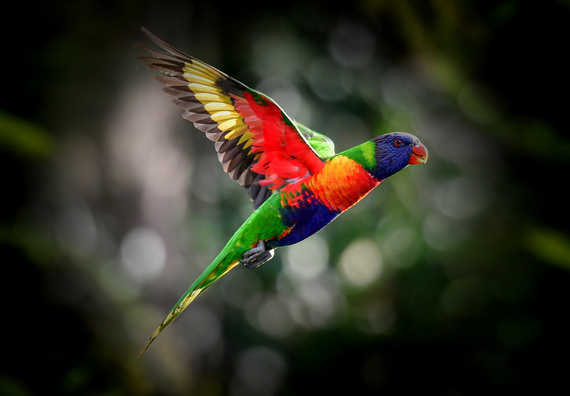
Native Birds
The Southern Highlands region is home to over 260 species of native birds, many of which reside along the Wingecarribee’s wetlands, in the escarpments surrounding Fitzroy Falls, the woodlands and rainforests of Morton National Park and in the dense eucalyptus trees of Cecil Hoskins Nature Reserve. Of the numbers presented, 124 are now classified as threatened species — almost half our bird population.
If you find an orphaned, injured bird or sick bird, wrap it gently in a towel and place it in a secure and ventilated box away from any noise, direct light and potential harm from young children and pets. If you are looking after a young chick or duckling, place a clean feather duster inside the box for comfort. Never attempt to feed it, and call us immediately on 0418 427214.
For raptors, including owls, falcons and eagles, please call Peggy Macdonald at Higher Ground Raptor Centre.
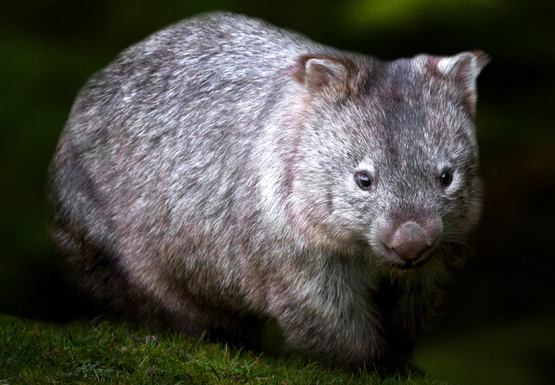
Nocturnal Wildlife
When it comes to protecting and surviving our wildlife on our roads, there are many things drivers can do. Most collisions happen from dusk to dawn, and the wildlife most at risk are our vast populations of macropods [Eastern Grey Kangaroos and wallabies], wombats and echidnas who seek out the roadside grass.
- While driving, remain alert and look for wildlife grazing near the roadside. Also, reduce your speed by 10 – 20 kilometres, especially in areas where signs are warning you of potential wildlife crossings.
- If your visibility is poor due to rain, mist or fog, reduce your speed further to avoid a potential collision.
- If you see a single roo grazing, its mob will likely be close by. Once again, take extra care and slow right down until you have full visibility.
It’s important that you remain safe along with our wildlife.
If You’re Bitten by a Poisonous Snake
Deadly snakes are common in the Southern Highlands and Southern Tablelands. Therefore, you must understand their nuances and habitats and treat every snake bite as an emergency. Your life may count on it.
If you have been bitten it is vital for you to remain completely still. WHY? When the snake’s venom is injected into the flesh it travels through the lumphatic system — not the bloodstream unless you move. Therefore, any physical movement such as walking, bending or wriggling will only place you in further peril.
Snake bites can cause varying reactions, including pain, bleeding [internally and externally], allergies and muscle paralysis, which can impact your breathing, speech and movement. In rare cases, snake bites can also trigger severe allergic reactions [known as anaphylaxis].
Remain calm, apply a compression bandage or cloth, if possible, to immobilise the limb and stay completely still until paramedics arrive. If you are confident the snake that bit you was poisonous or you are unable to identify it, a Polyvalent Snake Antivenom concentrate will be administered to neutralise the effect of the venom.
VERY IMPORTANT: Do not allow anyone to remove your clothing to draw out the venom [ie: sucking or making an incision to draw the poison out].
Do not attempt to apply a tourniquet [this is ONLY applicable for a Funnel Web spider bite]. If possible, have someone splint the limb so that you remain immobile until help arrives.
If you’re a bushwalker or farmer, it is recommended that you carry or have easy access to a first aid kit with a Setopress High Compression Bandage. These bandages are ideal when applying PRESSURE IMMOBILISATION TECHNIQUE [PIT] along the infected limb.
The bandages featuring green rectangles are used for the arms, and those with brown rectangles are used for the legs. They also should be applied firmly over the area where the bite occurred — 10cm above and below the bite.
Disclaimer: The above information is only a general overview.
Further treatment may be required, so seek immediate medical assistance with your GP or a local hospital.
